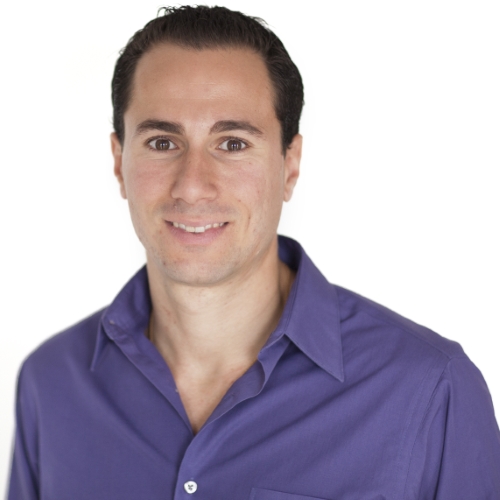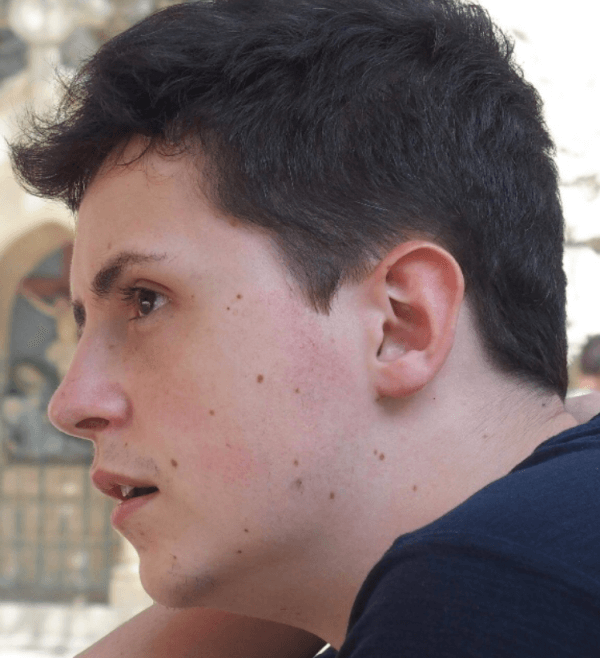About
Learn more about the project and its contributors.
Background
Domain-specific modeling
Language workbench
Most language workbench editors use a parser-based approach, with a textual or graphical syntax E.g. Xtext, Spoofax, MetaEdit+ . A parser-based editing approach relies on a parser to continuously scan the input to build the an abstract syntax tree (AST), validated with a grammar. However, this approach limits the evolution of DSLs and is prone to syntactic errors.
With a projectional editing approach E.g. Jetbrains MPS, Whole, Scratch the AST is modified directly as the user edits a program, thus preventing syntactic errors. The approach enables the support of notations that cannot be easily parsed, such as tables, forms or diagrams, and the composition of any language without introducing syntactic ambiguities.
Motivation
Interoperability and Usability
UML and OOP
Web solution
Gentleman
We aim to provide better support for DSM and make modeling more accessible to domain experts and practitioners. Our approach is implemented in Gentleman, a lightweight web-based projectional editor. With Gentleman, users can create models with structures unrelated to a programming paradigm, called concepts. The projections, which provide a visual to manipulate the model, leverage web technologies E.g. , to offer users easy-to-use languages. Gentleman is built with Javascript and delivered as a library that can be integrated into any modern web application.
Team and contributors

Creator & Developer
Louis-Edouard is a Computer Science graduate specialized in software engineering. He is an active member of the GEODES Software Engineering Research Group.

Supervisor
Eugene is an Associate Professor in Computer Science at the University of Montreal. He is one of the leaders of the GEODES Software Engineering Research Group.
Contributors

Aurélien DUCOIN
Developer
Aurélien is adding support for graphical (svg-based) projections, as part of his master's degree at the GEODES Software Engineering Research Group.

